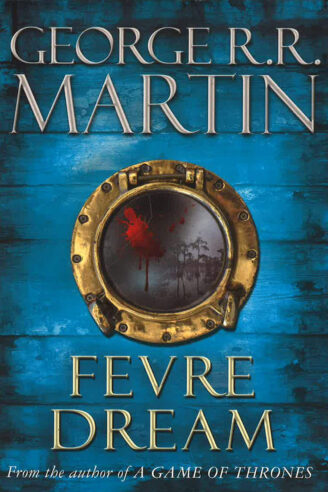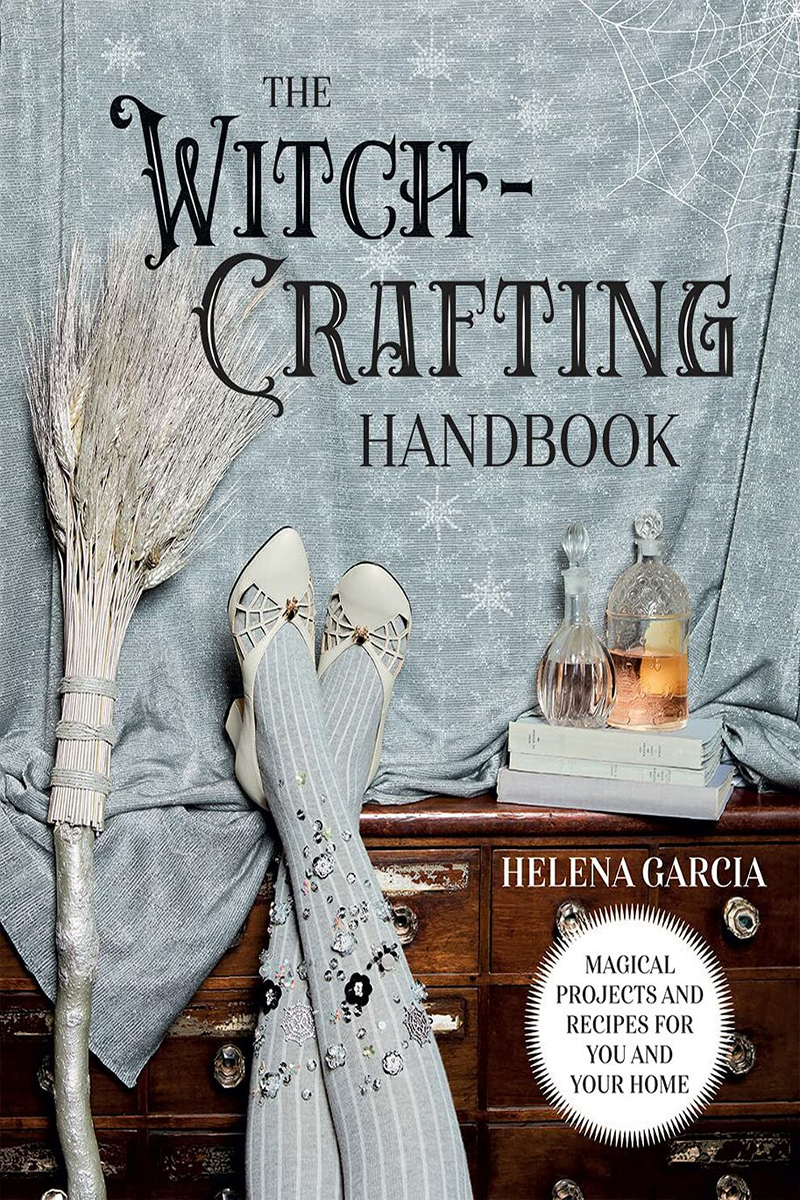George R.R. Martin is probably known best for not having finished The Winds of Winter yet. This is something of a shame, I think, given the many great stories he wrote even before A Game of Thrones (which I confess to never having read). His short stories are incredible: “Nightflyers,” “A Song for Lya,” “The Way of Cross and Dragon.”
Here we turn to one of Martin’s older works: his 1982 gothic novel Fevre Dream.
Martin has described Fevre Dream as “Bram Stoker meets Mark Twain.” It combines an icon of horror with an icon of antebellum America: vampires and steamboats. It is a book that takes advantage of the vastness of the Mississippi and its attendant rivers, providing an oftentimes eerie isolation to proceedings. Like the spaceships of science fiction, steamboats work well as closed environments for odd things to be afoot.
The novel is driven by its characters, particularly its leads. The weary, financially troubled shipping magnate Abner Marsh is contacted by a strange man with a lot of money named Julian York, who offers to save Marsh’s company with a number of unusual conditions attached. Resurrecting what had otherwise been a doomed business venture, the two invest in building the largest and fastest steamboat that anyone has ever seen, the Fevre Dream, named for the river that flows through Marsh’s hometown in Illinois. (Nowadays, it is the Galena River.)
This is a story of obsession. Marsh is obsessed with having the fastest steamboat, trying to race multiple other craft over the course of the novel. York is obsessed with things of a more supernatural bent. A third character has an even deadlier obsession, one that brings the vampire lore to the forefront. All these obsessions lead to great disaster for the passengers of the Fevre Dream.
Marsh and York play off each other well. Marsh is the practical man who has been on steamboats for decades, York the “soft” man who has spent more time indoors. Their worldviews clash constantly, with each finding strange habits in the other that are hard to understand. They are contrasted further with other characters, who have other attitudes toward obsession and steamboats and vampirism.
The period flavor permeates the entire novel, from the poor neighborhoods of New Orleans to the mighty Mississippi. Set in the late 1850s, the winds of change are but a breeze, but they grow and swell as the story progresses. This is clear in the depiction of slavery, which is overall fair, although I wish there were more prominent black characters to humanize it thoroughly.
The book reaches its peak in its last 100 pages, when it becomes a meditation on how obsession interacts with the passage of time. I will not give too much detail (as I feel that the reader should have the pleasure of discovering it themself), but it is a poignant, moving meditation on aging and loss of purpose. It shows the deeper philosophy that Martin is capable of, and how he can deliver it in a captivating story.
Fevre Dream deserves to be remembered as a prime example of Martin’s talent. It is a superb reimagination of vampire lore, a properly terrifying horror story, and a vivid depiction of the antebellum Mississippi. It shows the man has more up his sleeve than A Game of Thrones, and that there is plenty to read in his oeuvre.






1 Comment
Add Yours“The Canal” is a short story on a similar topic…by Everil Worrell.